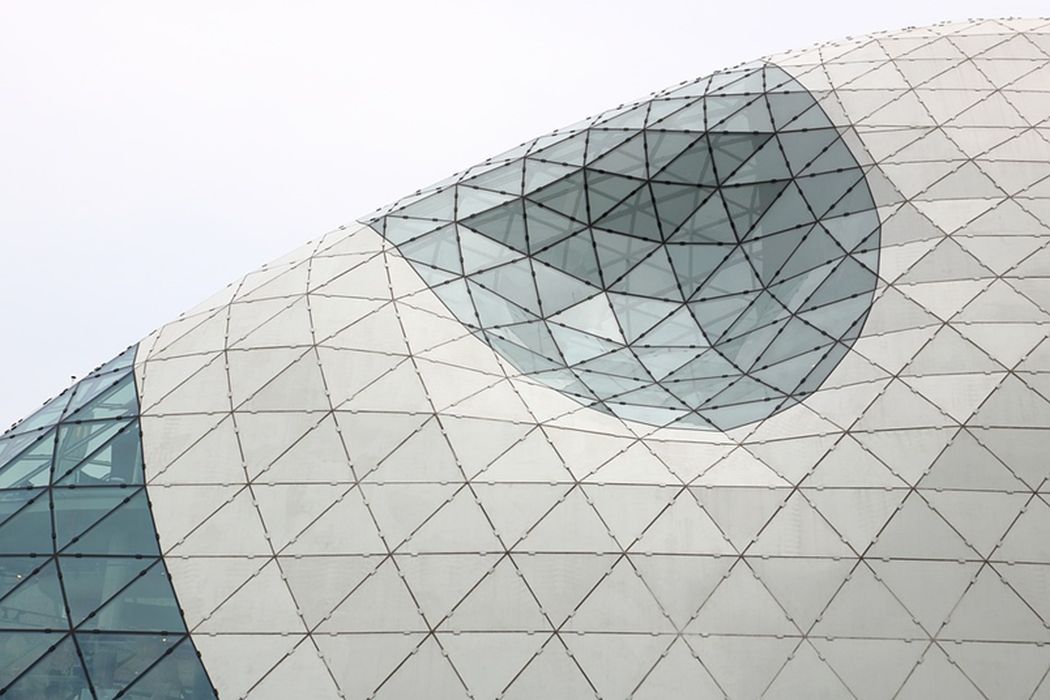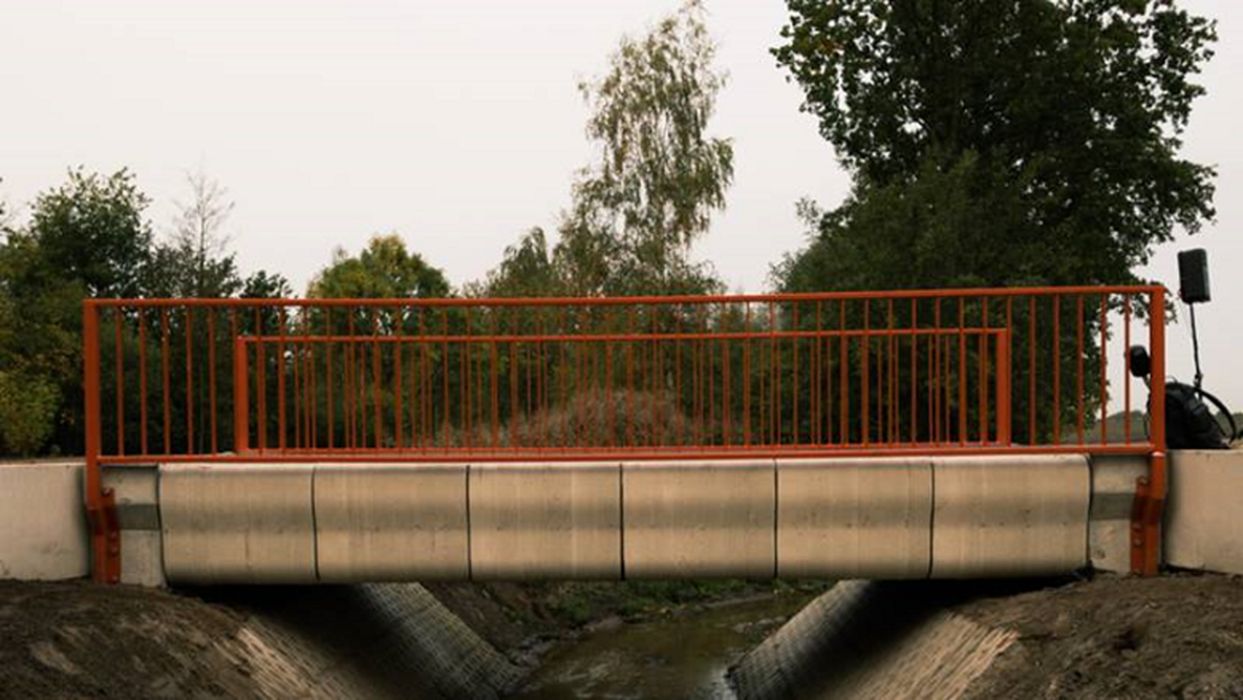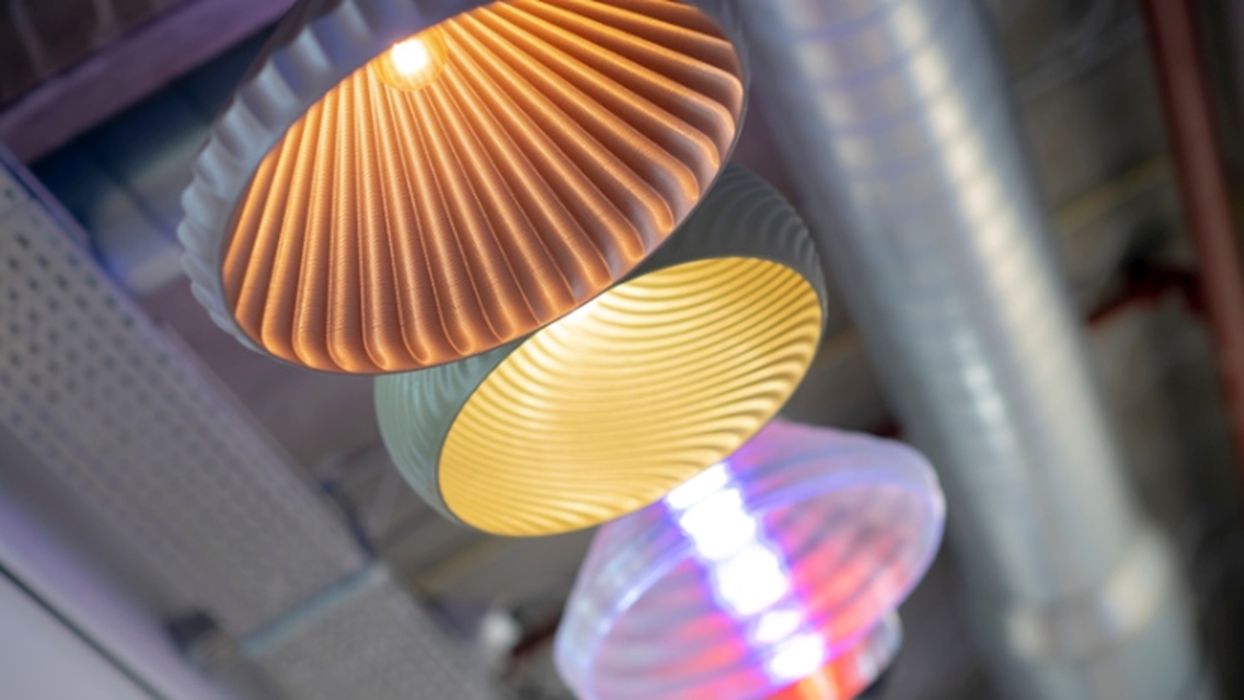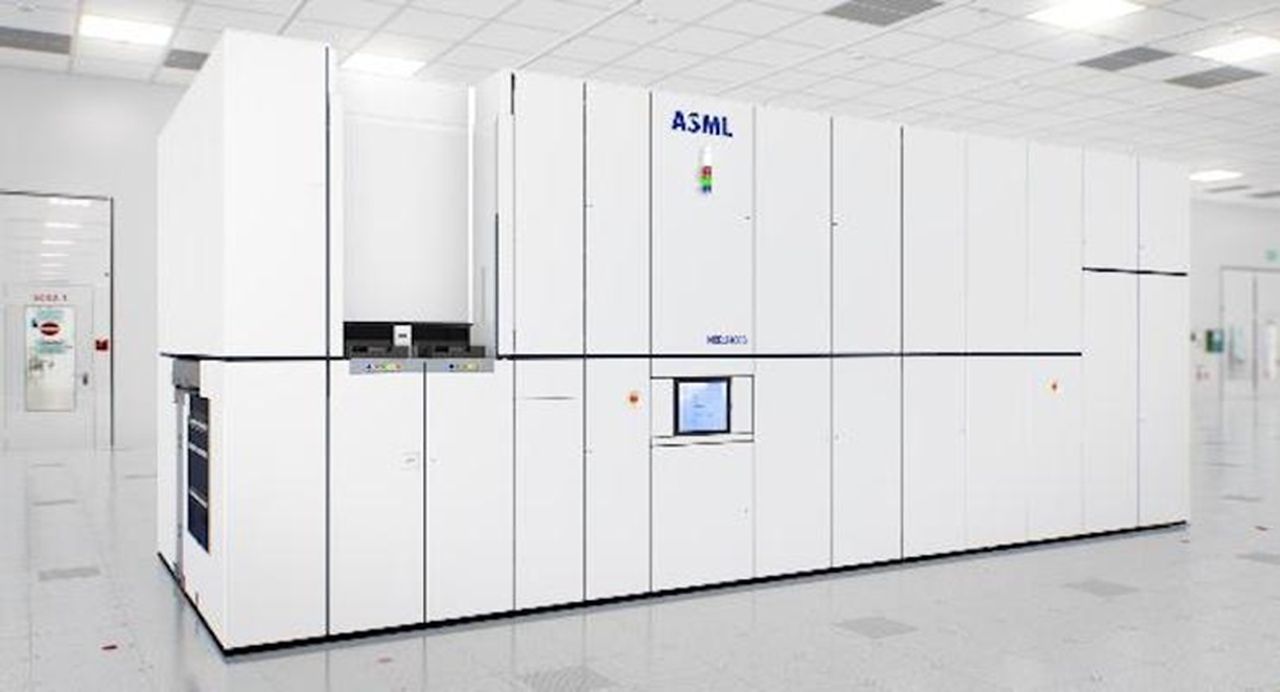
Charles R. Goulding and Preeti Sulibhavi look at the source of many 3D print innovations, Eindhoven.
There is a movement on the horizon, and it is not political or environmental, but rather geographical and technological in nature. Once considered a “dead zone,” Eindhoven is experiencing a combined artificial intelligence (AI), quantum computing, photonics, and lighting “renaissance.”
After the Dutch city was bombed during WWII and left in shattered pieces, Eindhoven found its second wind when high-tech companies were looking to find homes for their central corporate campuses. Often referred to as the “smartest square kilometer in the world,” Eindhoven, since 2001, has been home to lighting giant, Philips, and now ASML (the maker of advanced silicon chipmaking machines), and Smart Photonics, a company using the power of light to create energy-efficient microchips.
In addition, there is an eternal spring for recruiting local talent at the Eindhoven University of Technology, where students are trained in practical applications of knowledge. One such project included creating a 3D printed, concrete bridge at Nijmegen, the oldest city in the Netherlands.

But there is a larger theme at work here. Collaboration. With Eindhoven open to corporate investment and development, companies in various industries are finding ways to collaborate on innovative projects that offer higher quality solutions than if these industry giants had attempted them on their own. The mere proximity of the campuses is fueling innovation in Eindhoven.
Philips

Philips does have 3D printing expertise. This includes Philips’ Lighting subsidiary Signify. Signify had launched a 3D printed luminaires project in India to help the country achieve a more circular economy. 3D printing is a key element of Signify’s commitment to doubling its circular revenues to 32% in 2025, as part of the Brighter Lives, Better World 2025 program launched in September 2020. 3D printing is a triple bottom line technology that has proven beneficial to the climate, consumers, and companies. This is because 3D printed lighting is customizable, sustainable, and can be printed when needed, not merely manufactured to be inventory.
ASML

Arguably, Europe’s most valuable semiconductor company has been using 3D printers extensively to build key parts of its EUV machines. ASML’s EUV machine, or extreme ultraviolet machine, is the $150 million centerpiece of ASML’s manufacturing space at Eindhoven.
Today’s microchip designs demand cutting-edge features, which are well below the limit of even the most advanced lithography machine. To enable these smaller features, ASML must decompose the dense pattern into less dense patterns, which are then formed using multiple cycles of lithography, deposition and etch. 3D printers are equipped to handle complex geometries and challenging designs.
The CHIPS Act should help ASML handle its current backlog of about US$40B along with 3D printing technology.
The Research & Development Tax Credit
The now permanent Research and Development (R&D) Tax Credit is available for companies developing new or improved products, processes and/or software.
3D printing can help boost a company’s R&D Tax Credits. Wages for technical employees creating, testing and revising 3D printed prototypes can be included as a percentage of eligible time spent for the R&D Tax Credit. Similarly, when used as a method of improving a process, time spent integrating 3D printing hardware and software counts as an eligible activity. Lastly, when used for modeling and preproduction, the costs of filaments consumed during the development process may also be recovered.
Whether it is used for creating and testing prototypes or for final production, 3D printing is a great indicator that R&D Credit eligible activities are taking place. Companies implementing this technology at any point should consider taking advantage of R&D Tax Credits.
Conclusion
It is a story of inspiration to see how a town that was left behind and almost forgotten, Eindhoven, is now bringing high-tech together to collaborate on innovative projects that can tackle our most challenging problems. We see the 3D printing industry as being a part of this effort.
